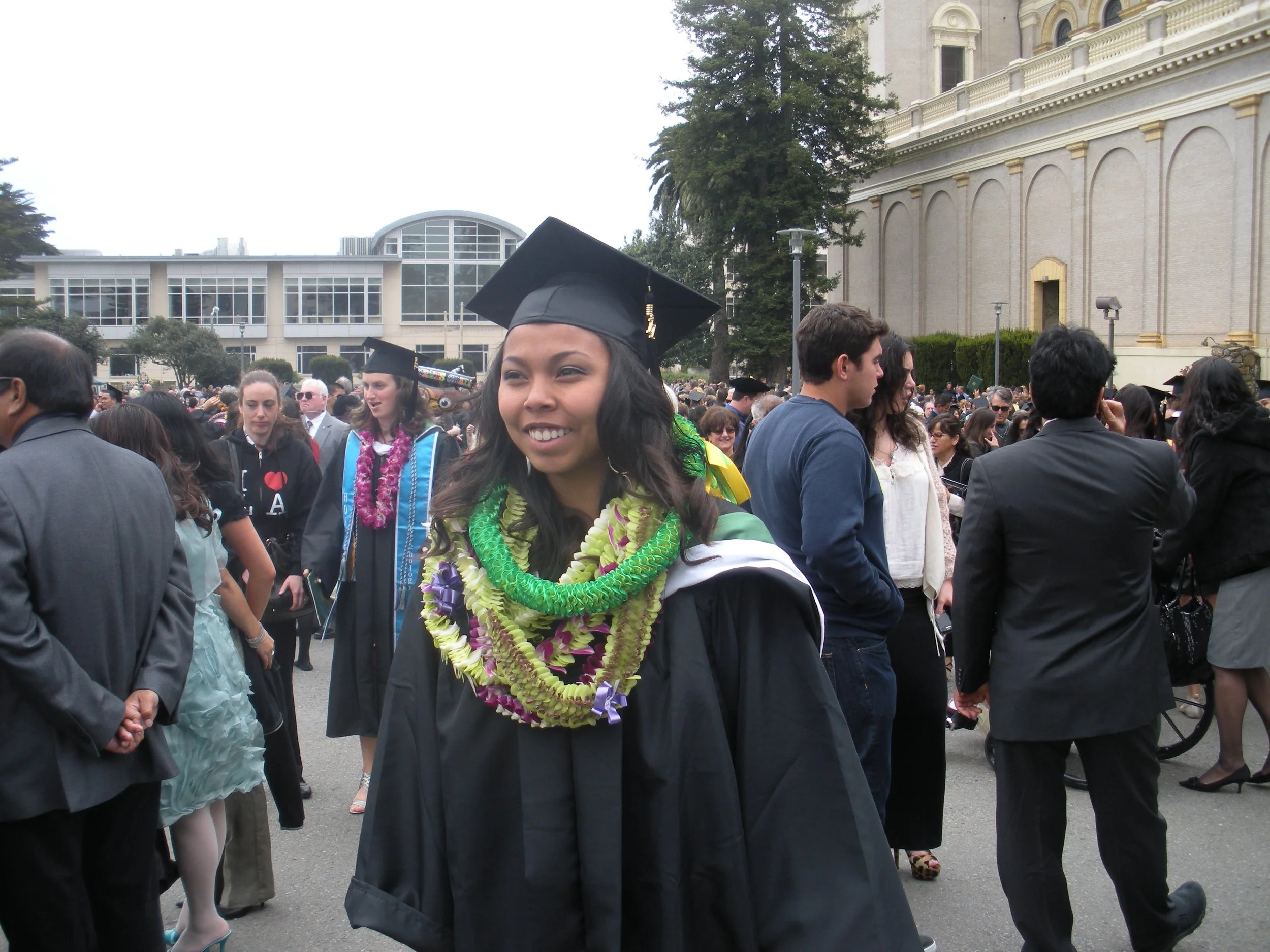DIVE
DEEPER
Roots & Questions
I grew up in Hawaii in the ‘90s—baby Ari with a creative streak and big ideas. I went to a private school on scholarship, which meant I was surrounded by kids who lived very different lives from mine. I came from a single-parent home (I’m one of 7 half brothers and sisters, a complicated story but I’m keeping that one for my memoir); my mom was a nurse who worked hard but didn’t make much. Meanwhile, my classmates had two parents, new things, and what felt like an ease I couldn’t access. My home life looked different, I grew up in affordable housing built on a brownfield site, formerly sugar cane fields and plantations.
That contrast made me curious. “Why was my life so different?” So I did what any slightly odd, determined kid would do: I started reading census data. I was trying to understand the story behind what I was living. And the data confirmed what I already felt: my zip code, my race, my class, these were considered liabilities. The numbers told me my life expectancy was shorter, my economic mobility limited, and my chances for business ownership slim as a Japanese, Puerto Rican, and Black woman.
My family's history was layered in that data too. My great-grandfather worked for the Honolulu Plantation Company, a legacy of colonial labor. I didn’t grow up with internet access, but I had libraries, and I had questions. Why were we always the first to move into contaminated land? Why was our health data a warning sign? (Even the fact that I have asthma is connected to the fact that I grew up near a freeway, a reality for a lot of Black and Brown bodies).
The world didn’t expect much from someone like me, so I figured I had nothing to lose. I leaned into being the underdog.
Investing in possibility
At 17, I made my first big investment: I left Kapolei and moved to San Francisco to study architecture, even though I’d only left Hawaii once before. I thought design could be the tool to fix the structural problems I saw. But in architecture school, I realized the decisions that shaped my life, affordable housing, community health, economic opportunity, weren’t made by designers. They were made by city planners.
So I pivoted. I went to UC Berkeley for my master’s in City Planning. During school, I worked on a report for the City of Oakland and learned that $2 billion in retail dollars were leaking out of the city every year. That stat stuck with me. Retail wasn’t just about shopping; it was about economic dignity, jobs, and local wealth.
So I made my second big investment: I opened a store—Viscera—in downtown Oakland. It was more than a shop; it was a platform. Over five years, I worked with hundreds of brands and makers, and hosted dozens of pop-ups for emerging entrepreneurs. Four of them now have their own brick-and-mortar stores. That’s the power of investment.
Then I joined the Oakland Indie Alliance (eventually becoming the organizations first Executive Director and raising almost half a million dollars during COVID) to help other entrepreneurs fill the gap between idea and execution. I've seen firsthand how hard and lonely that in-between space can be.
Reclaiming Myself as an Artist
But in all my effort to build for others, I realized I had forgotten to build for myself. I was burned out, creatively starved, and avoiding my bookkeeping—literally painting a mural in my shop to cope. That accidental mural unlocked something in me. I remembered I’m an artist, too.
Since then, I’ve painted murals across the Bay and including Google’s Headquarters and at Salesforce tower park. That act of investing in my own creativity was my third big investment, into myself.
Bridging the Gap
From there, I learned to embrace all the different parts of myself and scaled up by starting Viscera Studio, a multidisciplinary studio doing photography, branding, space design, strategy, and even construction management to make meaningful and highly impactful projects possible. The studio connects planning to building—literally and metaphorically. Whether we’re designing a brand identity for a small business or transforming a physical space for a community-serving organization, the goal is always the same: build something that lasts, that includes, and that reflects the people it’s meant for.
I also started Opportuned, a tech platform born out of everything I’d seen and struggled through as a founder. Too many brilliant small business owners get stuck between their vision and the resources needed to bring it to life. Opportuned offers a way through that gap, providing customized business development tools and support. It’s an investment in access and autonomy. And, especially for entrepreneurs who’ve historically been excluded from traditional paths to capital or growth.
Each of these ventures is rooted in the same belief that’s guided me since I was a weird little kid reading census data at the library: our communities deserve better. And when we invest in ourselves, we’re better equipped to invest in others.










